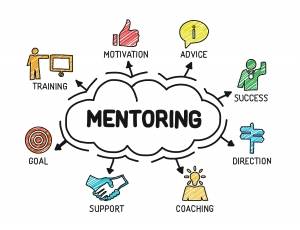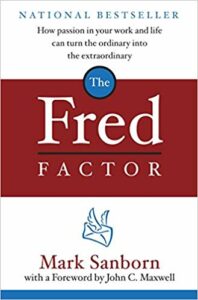Blogging About Other Ways to Reach the Goal

“The MFA (Masters of Fine Arts) is just one of many ways to develop voice and skill as a writer,” Emma Komos-Hrobsky explains in Poets and Writers Magazine. In fact, the author goes on to name no fewer than 21 educational opportunities in the form of writing classes and seminars offered by organizations around the country.
“There’s one common mistake we often make when it comes to setting goals,” James Clear writes in blog.idonethis.com: We set a timeline, but not a schedule. “We need to focus on the practice, not the performance,” he adds.
How do these lessons about reaching a goal apply to content writing? “If you’ve ever googled instructions for how to perform a specific task, then you know the importance of high-quality how-to content,’ Julia McCory writes in seachengineland.com. By giving them content that’s actually helpful, you prove your expertise and building trust and affinity with your readers, McCory explains.
However, she cautions, it’s important to realize that a teaching mindset is entirely different from an information-sharing, entertaining, or analytical mindset. To be successful, you need to:
- use detailed explanations
- give step-by-step instructions
- offer lots of examples
- put yourself in the readers’ shoes
At Say It For You, we’re always conscious that readers of our business or practice owners’ blog posts have many alternatives from which to choose. For a health coach focusing on weight loss, for example, potential clients might choose diet meal delivery, cosmetic “fat freezing” procedures, or personal trainers. One of the main challenges of content marketing is differentiating the product or service from alternative choices open to the prospect.
While the Poets and Writers Magazine article is valuable is that it reassures readers that a number of viable educational avenues exist, one point I often stress in blogging training sessions is that you need to do more than present a list of alternatives; it’s important that you voice an opinion, a slant, on the information you’re serving up for readers.
By all means, blog about alternative ways to reach a goal, but, by suggesting questions readers can ask themselves when choosing among many options, you can help them arrive, on their own, at the conclusion that the solution you’re marketing is the optimal choice.




Follow us online!